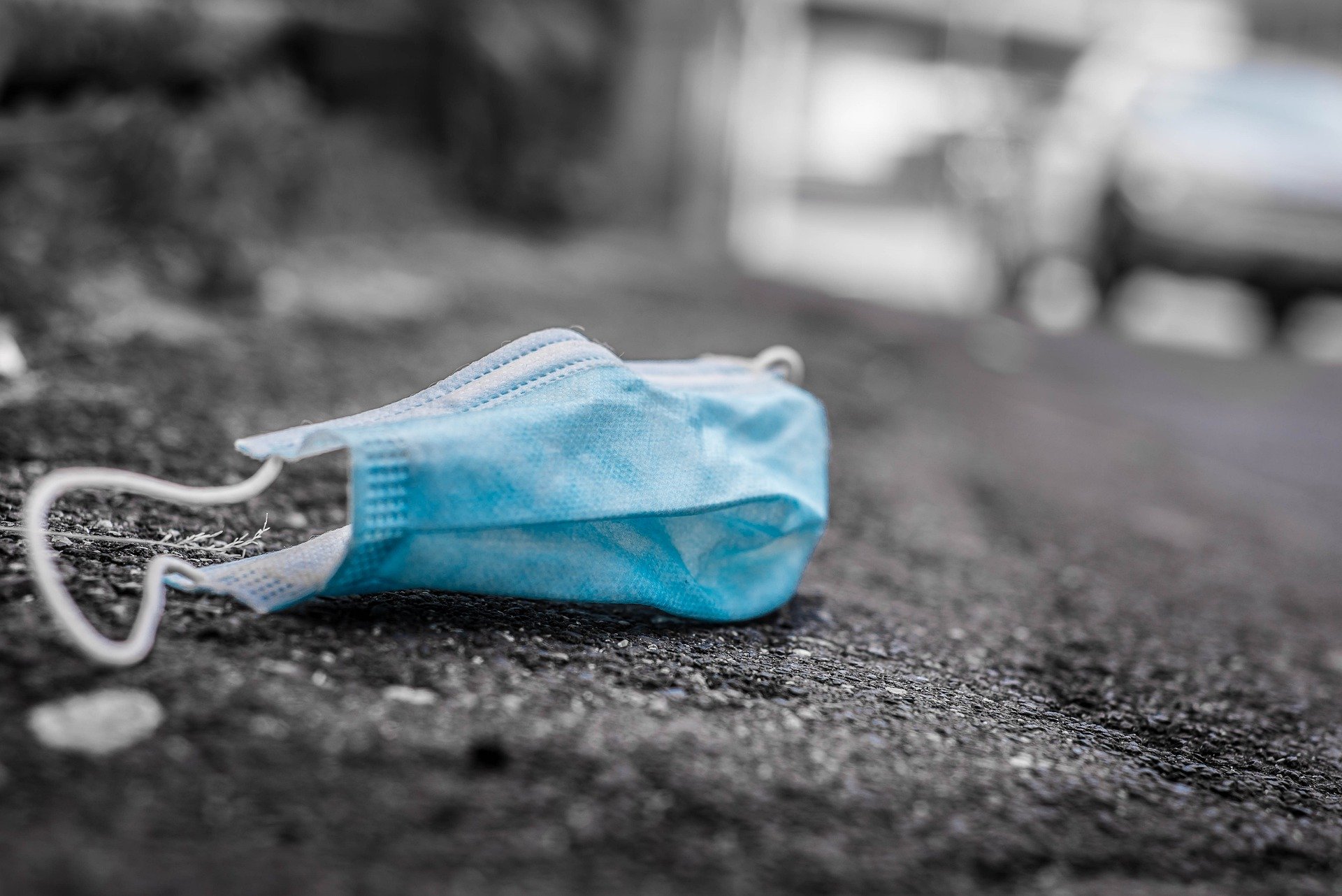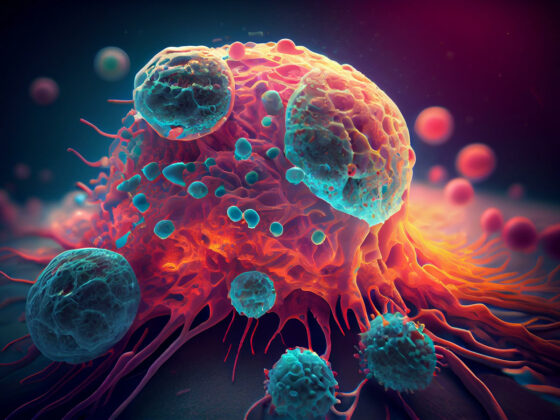In a major breakthrough, which may reduce unneeded confirmatory tests, researchers, including those from the University of Science and Technology of China, have developed a prototype device that detects the covid-19 infection in the exhaled breath of patients.
This non-invasive device, if validated with further studies, will lower the burden on hospitals across the worlds, says the researchers.
Their findings have been published in the journal ACS NANO. The device is actually a sensor which is made of small nanoparticles that could could detect COVID-19 in exhaled breath.
Its function is similar to that of a breathalyzer test for alcohol intoxication.
The device is made of an array of gold nanoparticles linked to molecules that are sensitive to various volatile organic compounds (VOCs), which the researchers said are emitted by viruses and the cells they infect.
The device is made of an array of gold nanoparticles linked to molecules that are sensitive to various volatile organic compounds (VOCs), which the researchers said are emitted by viruses and the cells they infect.
Sensor in the device is capable of detecting COVID-19 as it assisted by machine learning. With the help of ML, it can compare the pattern of electrical resistance signals obtained from the breath of ordinary people with those from Covid-19 patients.
In the study, the researchers compared he pattern of electrical resistance of 49 confirmed COVID-19 patients with those from 58 healthy controls and 33 non-COVID lung infection patients in Wuhan, China.
Participants were asked to blow into the device for to three seconds. They were also asked to do so from the minimum distance of one to two centimetres.
When the ML application identified a potential COVID-19 signature, the team tested the accuracy of the device on a subset of the participants.
The device was accurate in 76 per cent of cases in the test set in distinguishing COVID-19 cases from controls, and 95 per cent accuracy in discriminating people with the deadly disease from those with other lung infections.
They said the sensor could also distinguish, with 88 per cent accuracy, between sick and recovered COVID-19 patients.











